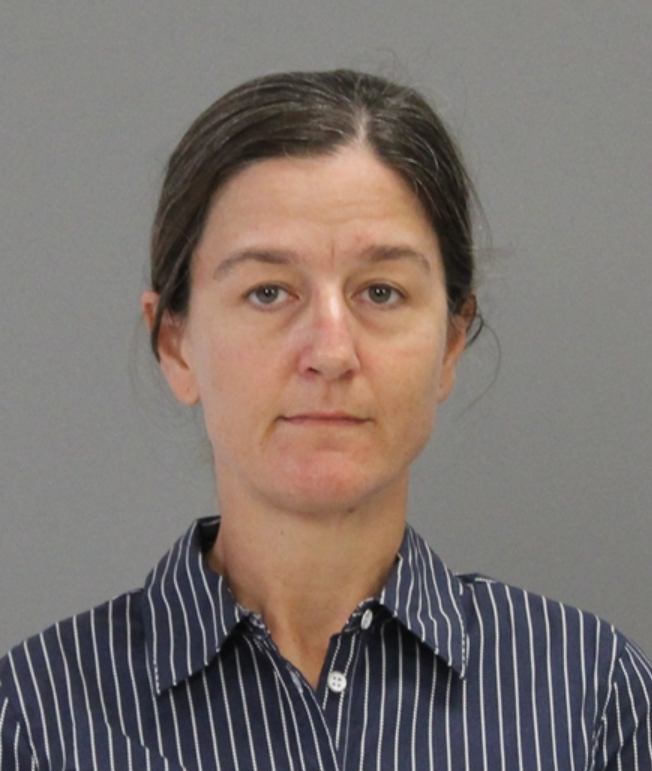Emails with the header ‘VPFA-UPD-Clery’ are sent to students regularly — although seemingly benign, they’re vital in keeping students aware of emergencies and potential community threats.
The Texas A&M University Police Department aims to provide timely crime report notifications under federal law, the Jeanne Clery Disclosure of Campus Security Policy and Crime Statistics Act. Also known as the Clery Act, the act mandates campus communities are notified of sexual assault incidents or emergency situations.
The family of Jeanne Clery — a student sexually assaulted and murdered in her Lehigh University dorm in 1986 — spearheaded the law’s creation. After unreported crimes continued at universities around the country, Congress passed the law in 1990, requiring campuses to report crime data to students and faculty.
The law has evolved throughout the years, with ever-changing rules on how to report crime on campuses. At A&M, the notifications appear as VPFA-UPD-Clery in university-wide emails. The emails include a phone number to contact the police, crime prevention tips and links to resources in case of related emergencies, according to Bobby Richardson, the current assistant chief of support services for UPD.
“We put those in every alert,” Richardson said. “In those tips, safety tips are applied to the crime. So, it changes whether it’s a theft of a motor vehicle or sexual assault. Those tips are at the bottom [of the notification], so we hope everyone is reading them and practicing those.”
In the past, students were able to unsubscribe from these frequent notifications, but the feature was removed because federal law mandates all students receive them, Richard Paxton, a UPD professional compliance lieutenant, said.
Following a recent motor vehicle theft notification, for example, the police department compiles a list of tips for students to protect their cars from frequent burglaries, Sergeant Jonathan Blythe, a patrol and public information officer, said.
There have been seven theft of motor vehicle crime alerts since June.
“Do not leave your keys in the vehicle,” Blythe said. “Close your windows and lock your doors when you leave your vehicle. Take your keys. Do not hide them in the vehicle. Thieves know to look in popular hiding places. Park in well-lit, high-density, conspicuous areas that are in view of security cameras, then consider installing an audible alarm system or anti-theft device.”
It’s important to pay attention to surroundings, Richardson said. Crime doesn’t take a day off — so students should take precautions to protect themselves.
“Trust your instincts,” Richardson said. “Time and time again, when people report crimes to us, it is after the fact. They always say, ‘You know, something was off with that person. Something felt wrong. I felt like something was going to happen.’”
From noise cancellation with AirPods in both ears to scrolling on Instagram reels, students’ observational skills are often limited. Because of so many distractions, staying observant of one’s surroundings is critical to safety, Richardson says.
“Being aware of your surroundings means being off your phone … anything that may distract you,” Richardson said. “Pay attention to what’s going on around you. If you see something, say something, because what we see a lot of is … when we put out a crime alert for a crime that occurred, then we get a bunch more calls that people saw this person, or this happened to them or whatever got stolen too.”
People who don’t follow those precautions are a target for predators, Paxton said, especially if a student has headphones in, is distracted by a screen or is ultimately not paying attention to what they’re doing.
Students can further educate themselves about crime rates on campus by accessing the A&M crime report and staying current on Clery notifications. By checking emails and observing which crimes are on the rise, students can maintain awareness of the crime climate on campus.
“The best way to educate yourself about Clery is to sit down with the annual security report that comes out about this time every year,” Paxton said. “It has to be out before Oct. 1. But that will tell you a lot about the institution itself.”
According to the A&M annual security report, resource tables were revised in May 2024 to reflect the current organization, educational requirements were redefined to reflect current sanctioning options, descriptions related to services and training offered by the Division of Student Affairs and the Division of Human Resources and Organizational Effectiveness were updated to comply with the Texas Education Code.
“If you go to community services [on the UPD website], you’ll see other programs that they conduct,” Richardson said. “They conduct safety presentations. They do training for the campus community, whether it be self-defense [or so] you know what to do in the case of an active shooter. Those types of training. They do community outreach. We’ll do events like coffee with a cop, safety presentations and how to keep your stuff from getting stolen … the list goes on.”















